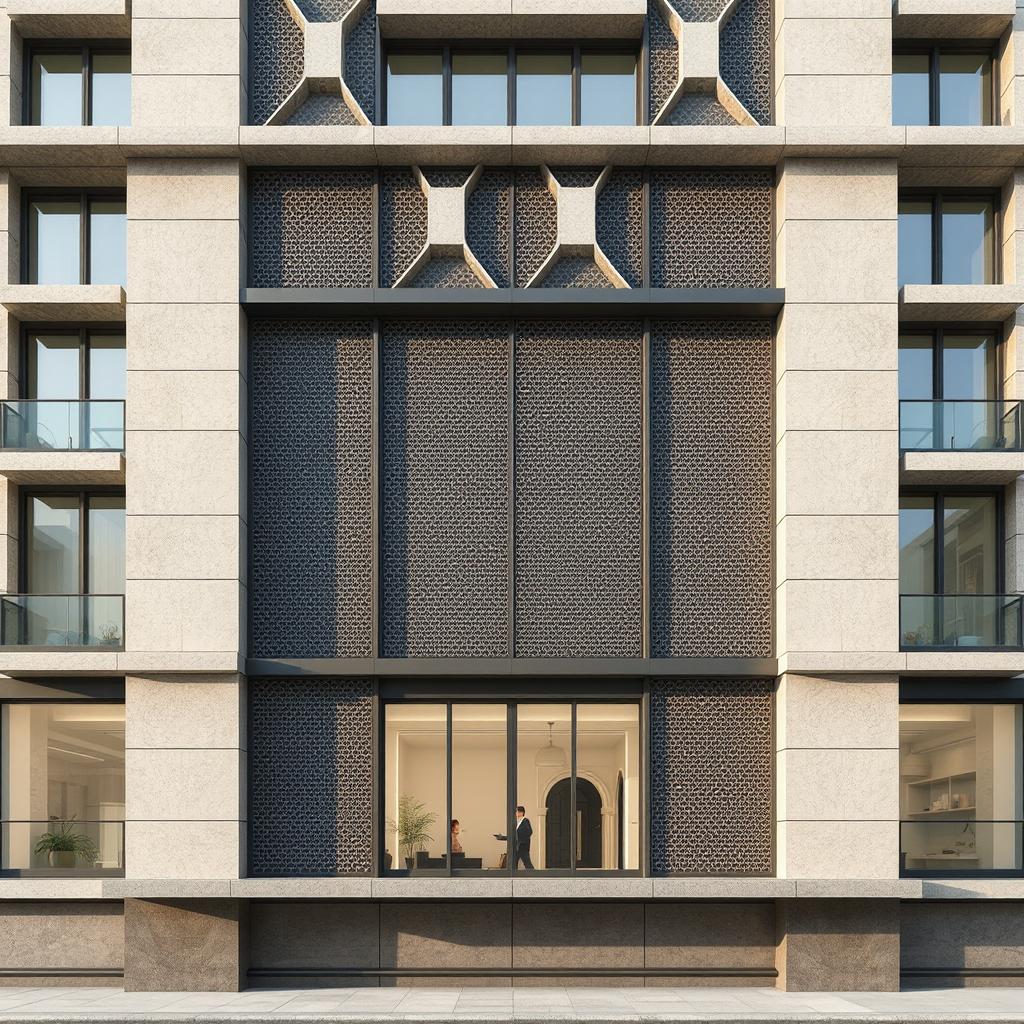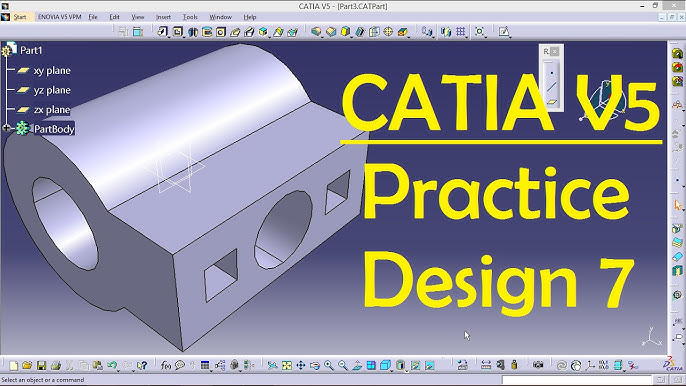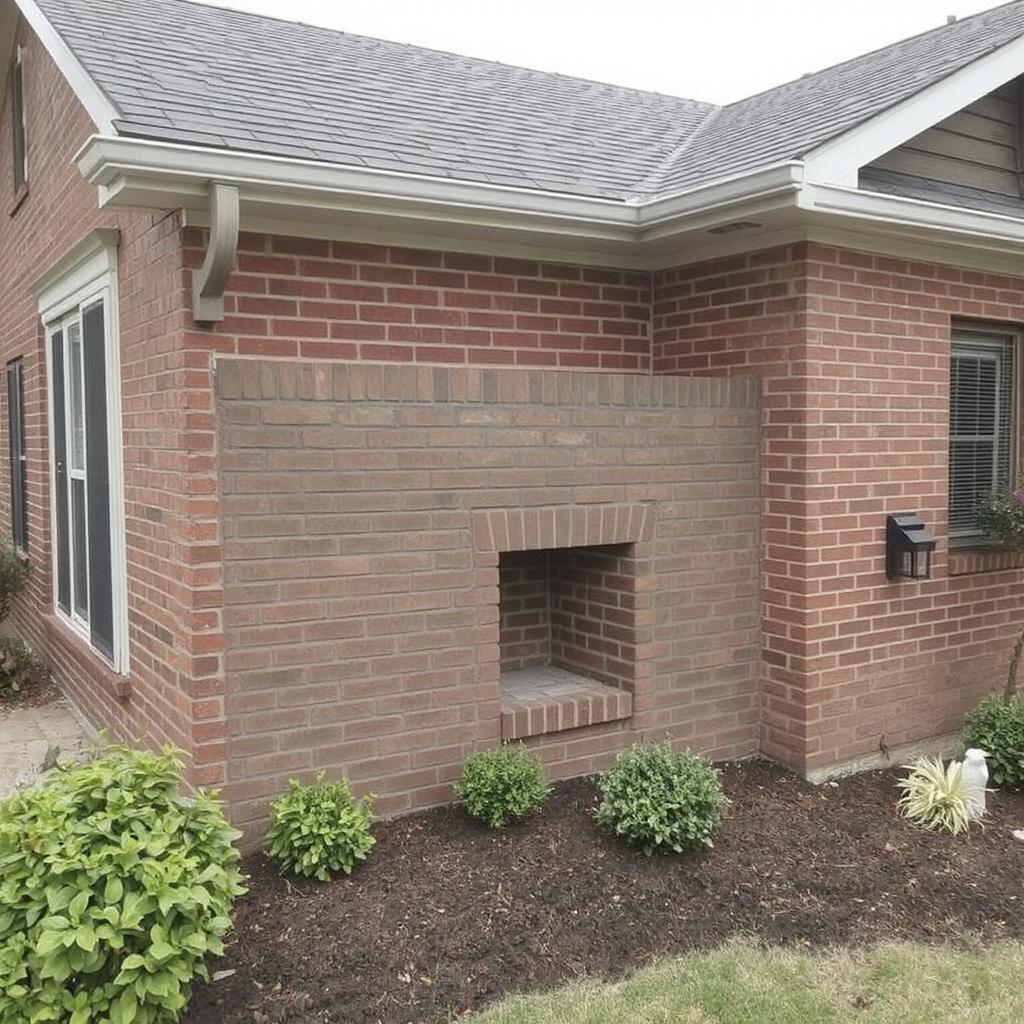Top Computational Design Tools for Efficient & Aesthetic Façade Design

In modern architecture, computational design tools play a crucial role in creating façades that are both visually stunning and energy-efficient. These tools leverage advanced algorithms, parametric modeling, and AI-driven solutions to optimize façade design for aesthetics, sustainability, and functionality.
Why Computational Design Matters in Façade Development?
Computational design tools enable architects and designers to:
- Create highly detailed and optimized designs with parametric modeling.
- Improve energy efficiency through performance-based analysis.
- Automate repetitive tasks, reducing time and costs.
- Experiment with complex geometric patterns that were previously difficult to achieve.
Top Computational Design Tools for Façade Design

1. Rhino + Grasshopper
Rhino, paired with its powerful parametric plugin Grasshopper, is widely used for designing intricate and dynamic façades. It allows designers to explore generative forms, integrate environmental data, and iterate quickly.

2. Autodesk Revit + Dynamo
Revit is a leading BIM (Building Information Modeling) software, and when integrated with Dynamo, it provides powerful parametric and automation capabilities. This combination helps in developing adaptive façades and streamlining workflow efficiency.

3. Ladybug + Honeybee
These plugins for Grasshopper enable performance-driven design by analyzing environmental factors such as solar radiation, daylighting, and energy efficiency. They are essential for sustainable façade development.
4. Generative Design in Autodesk Fusion 360
Fusion 360’s generative design feature allows architects to explore multiple façade design alternatives based on constraints like material use, airflow, and structural integrity.

5. SolidWorks
Popular in engineering and architectural design, SolidWorks provides high-precision 3D modeling and simulation tools that help architects create detailed and efficient façade elements.

6. Blender + Sverchok
Blender, a free and open-source 3D modeling tool, becomes a powerful computational design software when combined with the Sverchok plugin. It allows for parametric and algorithmic façade modeling.

7. CATIA
Used in high-end architectural projects, CATIA is known for its advanced surface modeling and engineering analysis capabilities, making it ideal for complex façade designs.
Benefits of Using Computational Design for Façades
- Sustainability: Optimizes energy performance through data-driven simulations.
- Cost Efficiency: Reduces material waste and construction costs.
- Enhanced Creativity: Allows for innovative and unique façade patterns.
- Structural Integrity: Ensures designs meet safety and performance standards.
Conclusion
Computational design tools have transformed the way façades are conceptualized and built. By leveraging these advanced technologies, architects can create efficient, sustainable, and visually captivating building exteriors that meet modern design and environmental standards.
For the latest trends and updates in computational design, stay connected with industry resources and technology advancements.



